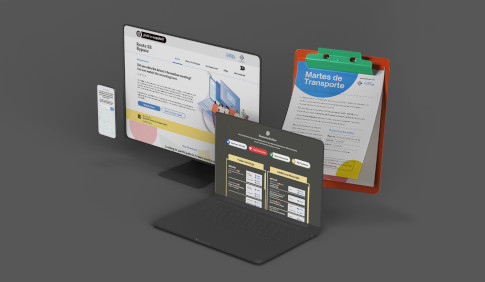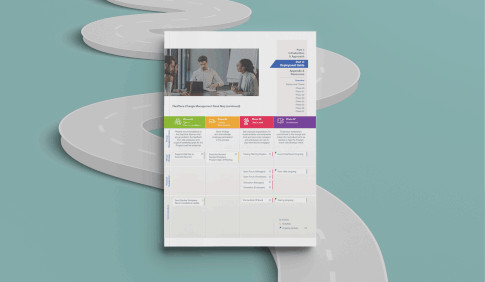Leaders often rely upon delineated processes and formal structures, such as reporting lines and defined teams, when guiding their organizations; however, those formal structures only get an organization so far.
In many instances, the informal networks which run through organizations (e.g. mentor relationships, groups built around common interests, friends who meet for coffee) are just as powerful when it comes to achieving objectives; however, these networks are often difficult to see, let alone quantify. As a result, leaders may lack crucial insight into their own organizations which could help them more efficiently realize desired outcomes. Of course, the pandemic has reduced that visibility even further.
A mid-pandemic study conducted by Microsoft shines a harsh light on that fact. Networks are shrinking in the workplace, and the isolation which many people have felt in their personal lives also manifests in the more siloed reality experienced by many individuals and teams at work. This shift impacts employees in different ways, with younger generations particularly at risk of disengagement and losing opportunities to contribute. While 61% percent of leaders (typically older and more established in their careers) said they were “thriving”, 60% of Gen Z (younger and new to their career) respondents reported they were merely surviving.
In the before-times, such disconnects may have been noticed and addressed during impromptu hallway conversations or through informal networks like those noted above. Now, employees may go months (or longer) between in-person meetings, making connections more difficult and informal networks even more difficult to leverage.
Accomplishing More in a Disconnected World
One of the great ironies of today is that while we’re more connected than ever (more than 80% of U.S. adults use a smartphone), telework has also led to disconnects like those observed at Microsoft. Telework will remain a feature of many work environments moving forward, so how can systems adapt to meet employee needs?
Network Analysis offers unique opportunities to better understand the impact that structural shifts such as telework can have on crucial dynamics within an organizational system. Such analysis can also highlight interventions which could reinforce vital relationships and linkages to promote cohesion across the organization. At The Clearing, using our proprietary DISCERN network analysis tool, we help leaders understand the informal relationships critical to their organization. DISCERN stands for “Detecting and Illuminating Social Connections to Establish and Revitalize Networks.” By identifying how individuals and groups relate to one another, where key brokers or influencers exist, and making intentional choices about how to best leverage their organization’s networks, leaders are better positioned to address a range of topics.
The DISCERN Network Analysis Process
The Network Analysis method follows four key steps. This framework allows us to enable leaders to leverage informal workplace networks to achieve specific goals. Here are the basics:
- Define the Purpose: We work with leaders to choose the specific purpose for how to use informal network data to help their organization.
- Data Collection: We deploy a network survey across relevant parts of the organization and collect additional relevant data to paint a picture of the team’s networks. Throughout this process, The Clearing balances several key principles, including: Transparency; Engagement; Privacy; and Data Security.
- Design and Implement Activities: We share the network data emerging from the survey back to key leaders in the form of visualizations and metrics. Our experts work with those leaders and other designated staff to understand the informal dynamics at play and what activities will help address the identified purpose.
- Evaluate: We conduct a follow-up network survey to examine what has changed following the implementation of the recommended activities.
The Impact of Network Analysis
Each and every human being plays roles in multiple networks, whether consciously or not. Network Analysis allows for the visualization and quantification of those links and many of the relationship-based realities of day-to-day work and life. A better understanding of those networks and the roles we fulfill within them can foster greater understanding, intentional dialogue, and accountability within those networks. As we collectively emerge as a global community from the COVID-19 pandemic and grapple with evolving ways of working, more awareness and intentionality about how we interact with each other in our various systems will help teams move forward together in a more cohesive, understanding manner.
Interested in learning about how The Clearing’s DISCERN Network Analysis tool can help you leverage the hidden pathways that crisscross your organization?
Reach out to me at christopher.cotten@dev2021.theclearing.com to start a conversation.





